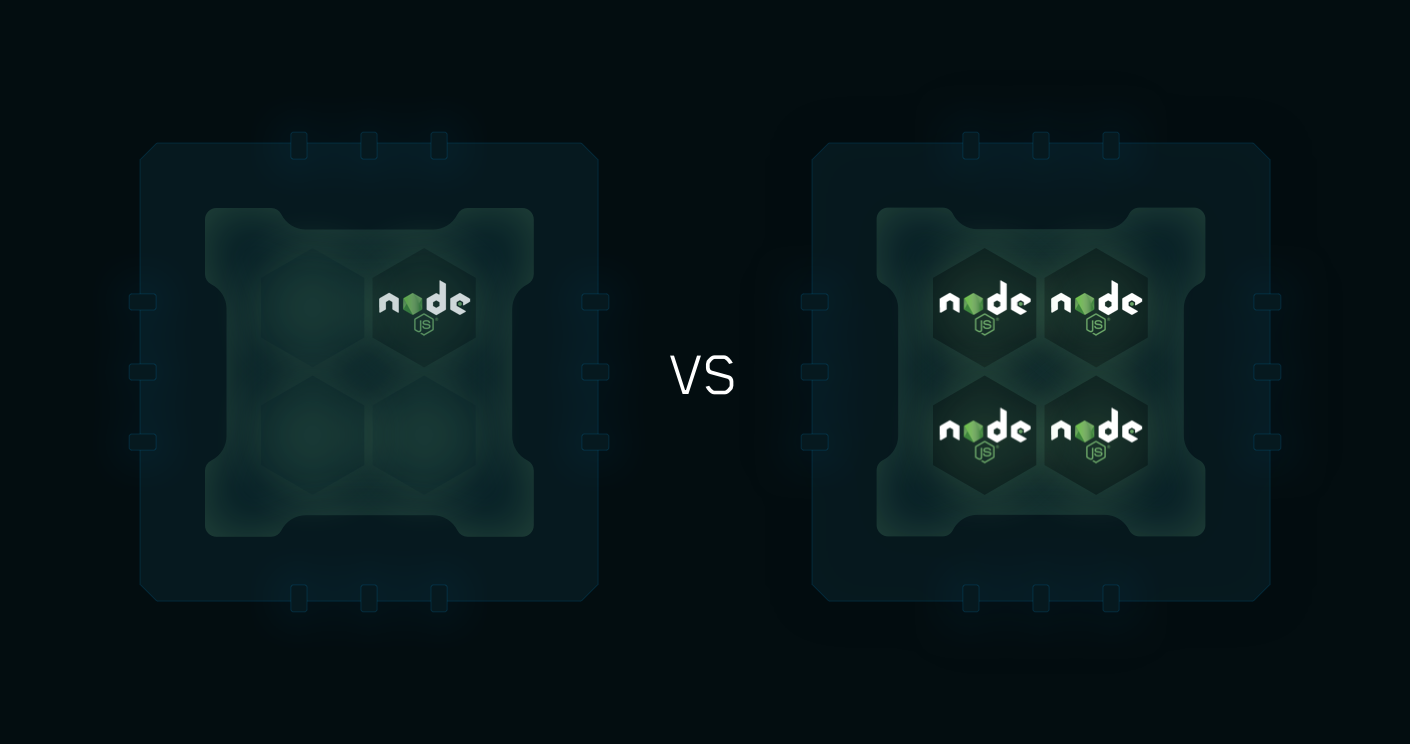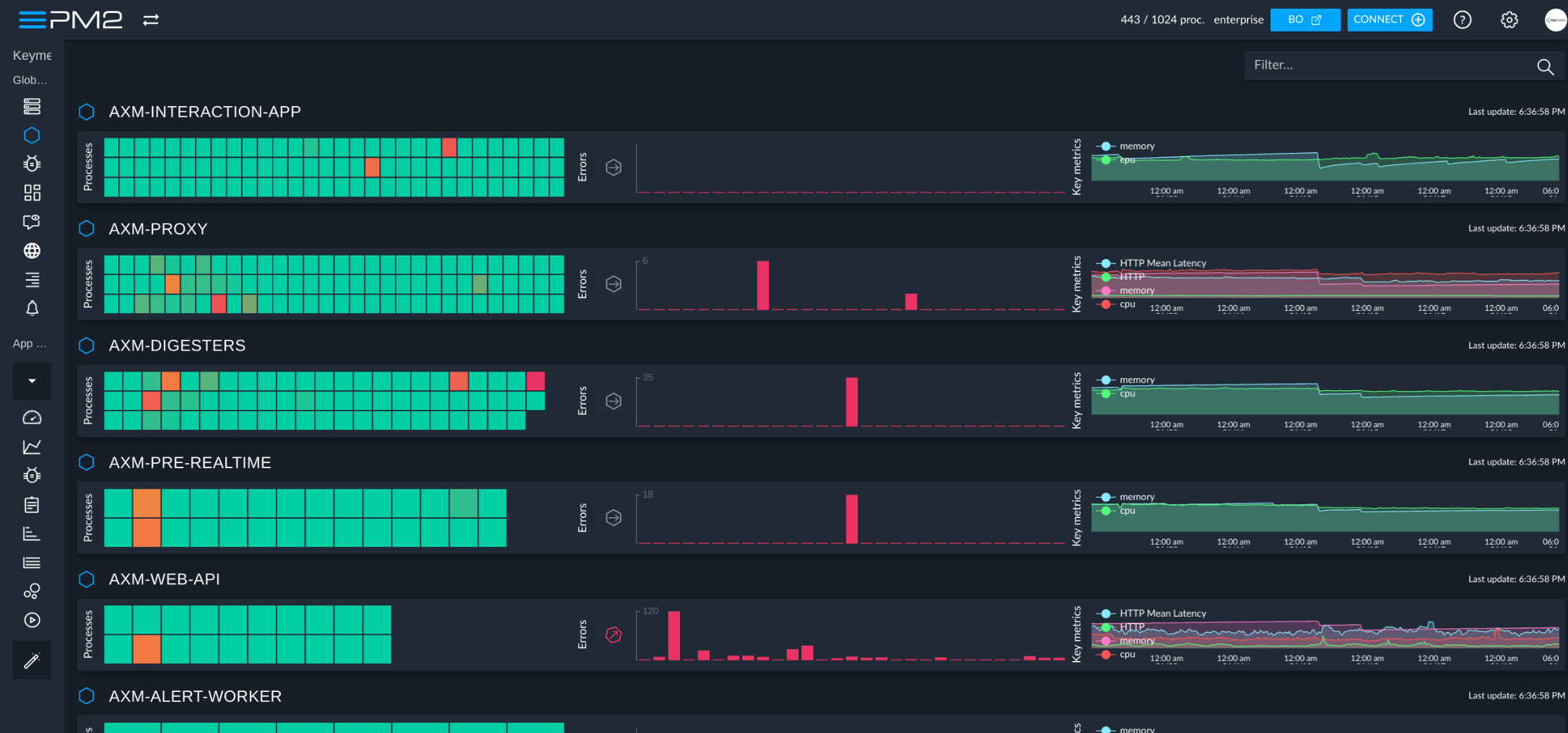Concurrency Model
- pm2:
PM2 manages application processes and can handle multiple instances of your application, effectively allowing concurrent processing of requests. It also provides load balancing across instances, optimizing resource utilization.
- web-worker:
Web Worker enables concurrent execution of JavaScript in the browser by running scripts in background threads. This allows for offloading heavy computations from the main UI thread, improving application responsiveness.
- bull:
Bull uses a job queue model where jobs are processed asynchronously. It allows for concurrency control, enabling multiple jobs to be processed simultaneously while managing their execution order and dependencies.
- comlink:
Comlink abstracts the complexity of web worker communication by providing a simple API for invoking functions across threads. It allows for seamless interaction between the main thread and workers, enhancing concurrency without manual message handling.
- threads:
Threads allows for true parallel execution of JavaScript code by creating worker threads. Each thread runs in its own V8 instance, enabling concurrent execution of CPU-bound tasks without blocking the main thread.
- cluster:
Cluster utilizes Node.js's built-in clustering module to create multiple worker processes that share the same server port. Each worker runs in its own event loop, allowing for concurrent handling of requests without blocking the main thread.
Use Cases
- pm2:
PM2 is used for managing production applications, providing features like monitoring, process management, and clustering, making it suitable for long-running Node.js applications in production environments.
- web-worker:
Web Worker is best for web applications that require offloading tasks from the main thread to maintain UI responsiveness, such as handling large datasets or performing complex calculations.
- bull:
Bull is ideal for background job processing, such as sending emails, processing images, or handling long-running tasks that can be queued and processed asynchronously.
- comlink:
Comlink is perfect for applications that require offloading heavy computations to web workers while maintaining a clean API for communication, such as image processing or data analysis tasks.
- threads:
Threads are useful for CPU-intensive tasks that can benefit from parallel execution, such as data processing, image rendering, or complex calculations that would otherwise block the event loop.
- cluster:
Cluster is best suited for web servers that need to scale horizontally to handle increased traffic, allowing for better load distribution and resource utilization across multiple CPU cores.
Ease of Use
- pm2:
PM2 offers a user-friendly command-line interface and dashboard for managing processes, making it easy to monitor and control applications without deep technical knowledge.
- web-worker:
Web Worker requires an understanding of the messaging system to communicate between the main thread and workers, but it is relatively easy to implement for offloading tasks.
- bull:
Bull provides a straightforward API for job management, making it easy to implement and integrate into existing applications. Its documentation is comprehensive, aiding in quick adoption.
- comlink:
Comlink simplifies the process of working with web workers, making it easy to invoke functions and pass data without dealing with the complexities of the underlying messaging system.
- threads:
Threads have a steeper learning curve due to the complexity of managing multiple threads and understanding the implications of shared memory, but they provide powerful capabilities for parallel execution.
- cluster:
Cluster requires minimal setup to fork multiple instances, but understanding the implications of shared state and inter-process communication is essential for effective use.
Performance
- pm2:
PM2 improves application performance by managing multiple instances and providing load balancing, ensuring that applications can handle high traffic without downtime.
- web-worker:
Web Worker enhances performance by offloading heavy computations from the main thread, allowing the UI to remain responsive while background tasks are processed.
- bull:
Bull is optimized for performance with features like job prioritization and concurrency control, ensuring efficient processing of queued jobs without overwhelming the system.
- comlink:
Comlink enhances performance by reducing the overhead of message passing between the main thread and workers, enabling efficient offloading of tasks without complex boilerplate code.
- threads:
Threads provide significant performance improvements for CPU-bound tasks by executing them in parallel, reducing the overall execution time compared to single-threaded execution.
- cluster:
Cluster improves performance by utilizing multiple CPU cores, allowing for concurrent request handling and reducing response times for web applications under heavy load.
Monitoring and Management
- pm2:
PM2 excels in monitoring and management, providing real-time metrics, logs, and process management features that help maintain application health and performance.
- web-worker:
Web Worker does not provide monitoring capabilities, but developers can implement their own logging mechanisms to track worker performance and task completion.
- bull:
Bull includes built-in monitoring capabilities, allowing developers to track job progress, failures, and retries, providing insights into job processing performance.
- comlink:
Comlink does not focus on monitoring but simplifies the management of web workers, allowing developers to focus on functionality rather than monitoring overhead.
- threads:
Threads do not have built-in monitoring features, but developers can implement custom logging and monitoring to track thread performance and resource usage.
- cluster:
Cluster does not provide built-in monitoring but can be integrated with external tools to monitor worker performance and resource usage.







